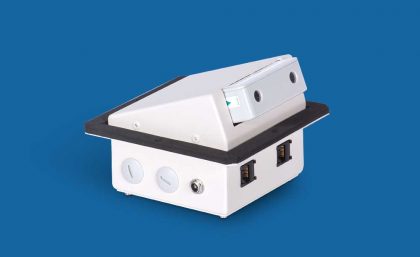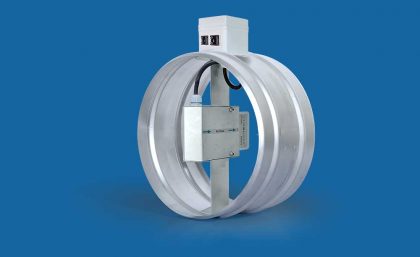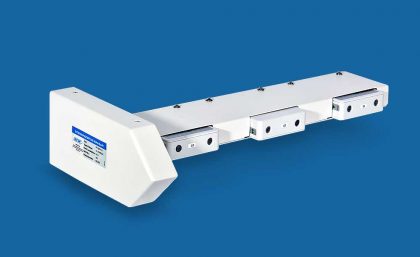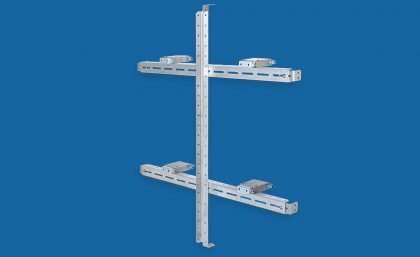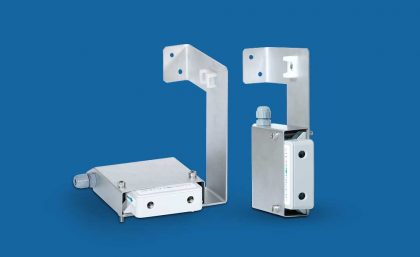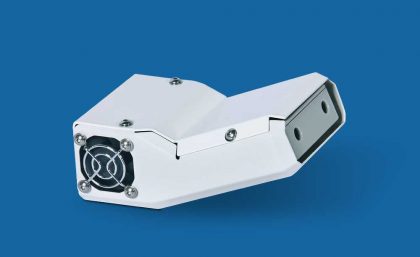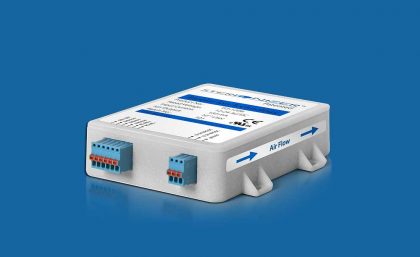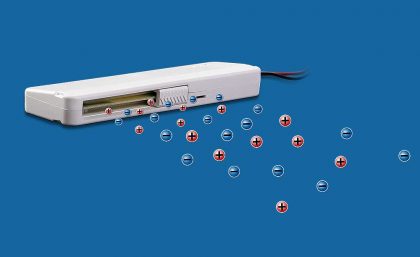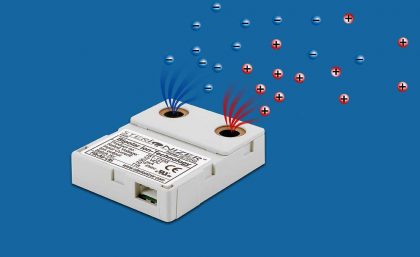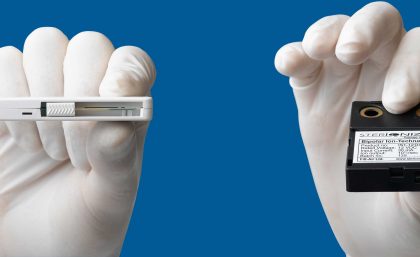 Ions in Our Atmosphere and the Air that We Breathe
Ions in Our Atmosphere and the Air that We Breathe
Ions in the air are nature’s way of cleaning away unnatural toxins. It is known that within pristine, natural environments, environments that are far removed from population centres and urban, industrial regions, the air is healthier to the human body. The levels of pollution are lower and the ions in the air are in normal concentration. What is an air ion? Air ions occur naturally when an energy source is presented to the atmosphere, which will have an effect on otherwise non-reactive oxygen atoms. Because oxygen atoms have several layers of electrons, an energy source can cause an oxygen atom to have an electron stripped from it. This happens as a result of waterfalls, lightning storms, ocean surf, and even sunlight.
-
Indoor
Indoors, ions become exhausted from combating pollutants. The problem of pollution that affects the ion levels in outdoor urban areas becomes magnified with a lack of a fresh air supply in a closed space. Furthermore, as we strive to become more energy efficient in our homes and offices, less ventilation within these spaces compounds the already magnified problem that indoor environments have with unbalanced ion levels. The air in these indoor spaces, which, as we have seen, is already extremely unhealthy, is further degraded with contaminants and pollutants that are created everyday by the construction materials that the home or office was built with, as well as, cleaning products, pesticides, and more. Thus, within indoor environments, the ‘natural,’ healthy ion levels required for healthy living have been reduced to practically non-existent; they have been stripped from the air by our own pollutants.
-
Ionization
Ionization generation technology enables the generation of the same ions that are produced in nature in a broad range of concentration — from natural concentrations to those that are thousands of times higher. Ion generation can be either unipolar, when only one polarity ion is generated, or bipolar, when ions of both polarities are generated. Unlike unipolar ionization technology, which is not limited by any standards, the minimal and maximal ionization levels, as well as equipment requirements for bipolar ionization, are determined and regulated by the industry’s appropriate standards, ensuring a consistent, quality product.
-
Bipolar
One of the most important characteristics of a bi-polar ionizer is the output levels of different polarity ions (polarity coefficient defined as the ratio between positive ion concentration and negative ion concentration) and concentration of ozone (O³) being a side effect of the ion generation process. With bi-polar ionization, ozone level becomes an important issue, since, in fact, the amount of ions generated is twice as large as with uni-polar ionization devices.


